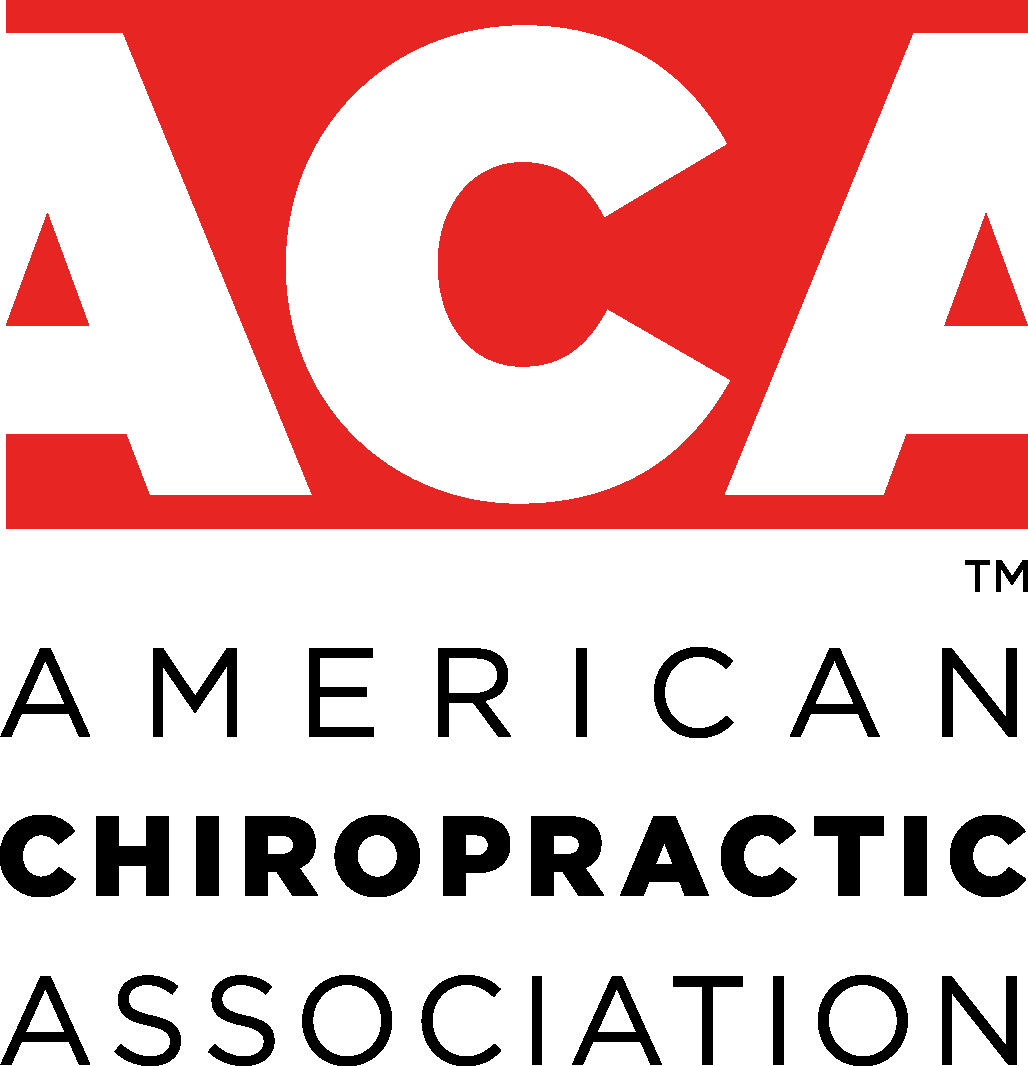“I have received countless calls from people who developed musculoskeletal pain soon after beginning work from home,” said ACA member Karen Erickson, DC, who practices in New York City. “Upon careful analysis, we found a common cause: working on a desktop, laptop or cell phone with poor posture or a poor ergonomic set-up.”
Dr. Erickson says postural imbalance is one of the most common reasons patients seek help from chiropractors. “Most of us slouch, text constantly, tip our head and hold our telephone to our ear, and sit at the computer all day with our shoulders and neck rounded forward with legs crossed,” she explains. “Our bodies are suffering.”
To reduce stress on the body, Dr. Erickson offers the following work-at-home suggestions:
- You might need a quiet room to work or specialized software that keeps you pinned to your desk. For everything else, identify a few places in your home where you can work, and change body position and location throughout the day. Find ways to work standing, walking and sitting.
- Sit in a good chair—even a wooden one—on your sit bones (the bones at the very bottom of your pelvis), with a little arch in your low back. Avoid the slouch, that half-sitting, half-lying position so many use to lounge on the sofa or in bed. If you want to work in bed or on the sofa, sit up on your sit bones.
- When sitting, put both feet on the floor with a right angle at your knees. Avoid crossing legs or tucking in feet. Good posture means the bones carry the weight of your body. Aligning your posture lets your bones do the work, not your muscles. This prevents muscle spasm, pain and inflammation. It can even prevent nerve pain and headaches.
- Use a keyboard tray and pull it out over your lap. If you use a laptop, use it as a screen only, placing it at eye level with a stand or a stack of books. Get a remote keyboard to use with a keyboard tray.
- To avoid neck pain, keep your screen at eye level whether you use a laptop or monitor. Put books underneath your monitor to raise it or use a stand, if necessary.
- Shoulders should be dropped and relaxed, with elbows hanging down, centered at the seam line of your shirt. Don’t use the keyboard with your elbows reaching forward. This could cause isometric spasm in your neck and/or shoulders and arms, leading to pain and inflammation.
- Keep your sternum or breastbone lifted. This keeps your torso, head and shoulders erect. Letting the sternum collapse down will pull the head forward and compresses your torso.
- Avoid forward head position. Keep your head erect, in line with your torso. Keep your screen at eye level. For every inch your head is forward it increases the weight on your upper back and neck by 10 pounds! If you use a cell phone, rest your elbows on your chest and hold the phone at eye level.
- Use a telephone headset so you don’t have to crunch your neck when using the phone.
- Remember to take several exercise breaks throughout the day, even if only to empty the dishwasher, put on a load of laundry, climb the stairs a few times, do yoga, get in some planks and squats, dance, or take a short walk.
Don’t be surprised if you catch yourself with poor posture several times a day. As your habits change, Dr. Erickson says you’ll be able to spot poor posture right away and fix it. “If you catch yourself slumping,” she adds, “just chuckle and think, ‘I can fix this.’ And fix it. Done!”
For more information on musculoskeletal health and avoiding injury, visit the American Chiropractic Association’s consumer website, HandsDownBetter.org.
###
About the American Chiropractic Association
The American Chiropractic Association (ACA) is the largest professional chiropractic organization in the United States. ACA attracts the most principled and accomplished chiropractors, who understand that it takes more to be called an ACA chiropractor. We are leading our profession in the most constructive and far-reaching ways — by working hand in hand with other health care professionals, by lobbying for pro-chiropractic legislation and policies, by supporting meaningful research and by using that research to inform our treatment practices. We also provide professional and educational opportunities for all our members and are committed to being a positive and unifying force for the practice of modern chiropractic. To learn more, visit www.acatoday.org, and connect with us on Facebook and Twitter.
Original post https://alertarticles.info



